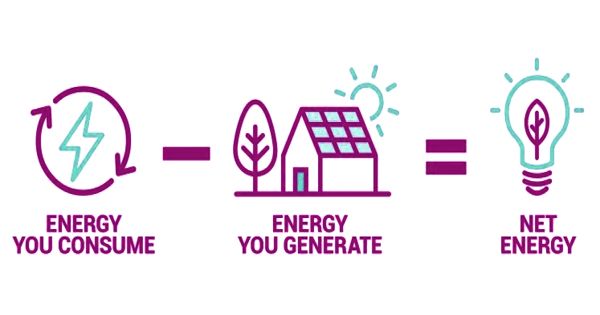Sound masking is an ambient background sound that has been engineered to match the frequency of human speech in order to provide greater speech privacy. It is the introduction of generated sound (commonly, but incorrectly, referred to as “white noise” or “pink noise”) into an environment in order to mask unwanted sound. It is based on auditory masking.
Sound masking works by creating a background noise that is more pleasant and less distracting than the surrounding noise, making the overall environment more comfortable and reducing the impact of intrusive sounds.
Masking sounds are typically gentle, continuous sounds such as white noise, pink noise, or low-volume nature sounds such as flowing water or soft rain. These sounds were chosen because they are relatively neutral and can effectively cover up or “mask” other sounds while remaining undetected.
Sound masking is not a type of active noise control (noise cancellation technique), but it can reduce or eliminate sound perception. Sound masking is used to improve acoustical satisfaction and, as a result, the acoustical privacy of a space. This can help a person focus and thus increase productivity.
Sound masking systems are widely used in a variety of settings, including offices, open-plan workspaces, healthcare facilities, libraries, and other places where speech privacy and concentration are essential. The masking system’s ambient sound raises the background noise level, making conversations and other noises less intelligible and thus less distracting. This improves acoustic comfort by increasing privacy, reducing distractions, and improving overall acoustic comfort.
Sound masking makes a building appear quieter by increasing the ambient noise level and making speech noise less intelligible and thus less distracting. It is an ambient sound, similar to the sound of airflow, that is specifically engineered to the frequency of human speech, allowing you to target and reduce conversational distractions. Sound masking does not cancel out or eliminate all speech noise in an environment; it simply reduces the radius of distraction, or how far away conversations can be heard and understood by others.
Sound masking systems are typically comprised of speakers installed in the ceiling or mounted on walls that are strategically placed to distribute ambient sound evenly throughout the space. These systems frequently include technology that allows the volume and frequency of the masking sound to be adjusted to match the specific characteristics of the environment while still effectively masking the targeted frequencies.
















